Welcome to a world where your home can be transformed into a lush, green sanctuary with just a little guidance and a lot of heart. Whether you’re taking your very first steps into the enchanting realm of gardening or you’re a seasoned plant parent looking to refresh your leafy repertoire, “Easy Plant Care Tips for Beginners” is here to make your journey as rewarding as it is enjoyable.
In this guide, we’ve handpicked a collection of indoor plants that are not only forgiving but also incredibly rewarding, ensuring everyone can experience the joy of nurturing life. These plants will thrive with minimal fuss, offering you the practical benefits of improved air quality and a serene environment, while quietly boosting your confidence as a gardener.
By following these simple yet effective tips, you’ll soon find yourself marveling at the vibrant growth and beauty you’ve inspired. With every new leaf and bloom, you’ll discover the profound satisfaction that comes from nurturing nature itself, and you’ll know that successful gardening is well within your reach.
Choose Low-Maintenance Plant Varieties
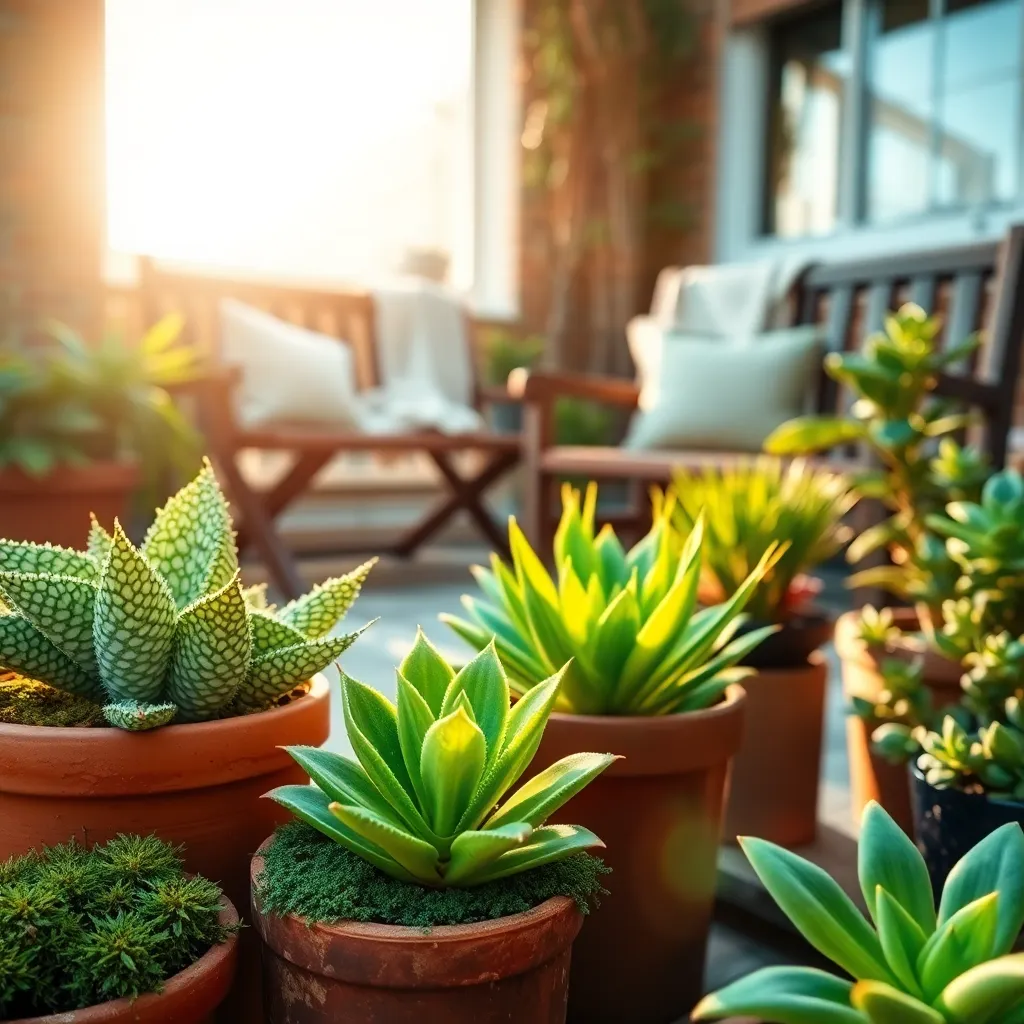
When starting with low-maintenance plants, consider those that are naturally resilient and adaptable. Succulents are an excellent choice due to their ability to store water, making them perfect for beginners who might forget to water regularly.
Another great option is the snake plant, which thrives in a variety of lighting conditions and requires little water. Ensure it’s planted in well-draining soil, such as a cactus mix, to prevent root rot.
Herbs like rosemary and thyme are hardy and can handle neglect, making them ideal for those new to gardening. These plants prefer sunny spots and should be watered only when the top inch of soil is dry.
For a splash of color, consider planting marigolds, which are not only low-maintenance but also deter pests naturally. They require full sun and should be watered moderately, allowing the soil to dry out between waterings.
Water Consistently, Avoid Overwatering
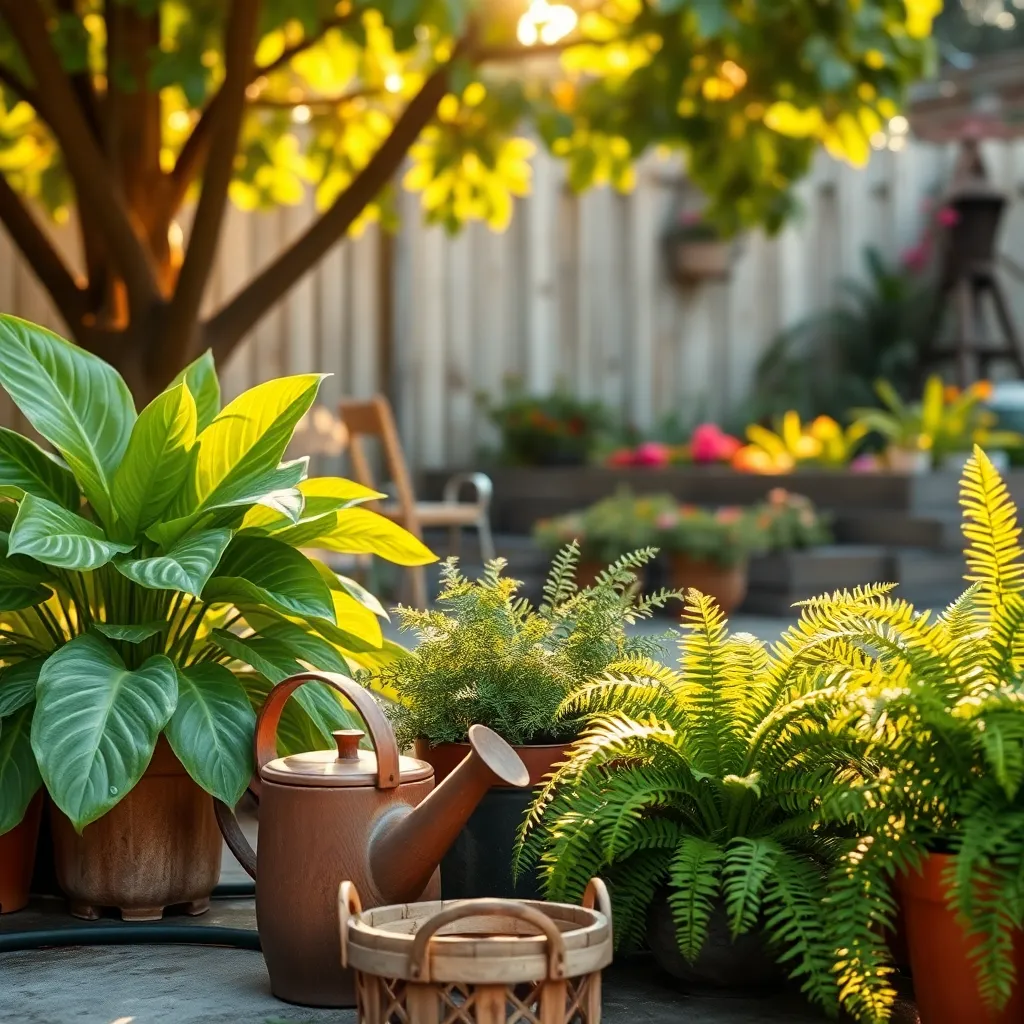
Proper watering is crucial for plant health, and understanding your plant’s specific needs is the first step. Consistency is key; aim to water your plants at the same time each day or week, depending on their requirements.
It’s important to check the soil moisture before watering to avoid overwatering. Stick your finger about an inch into the soil; if it feels dry, it’s time to water.
Different plants have different water needs, so research your plants’ specific preferences. For instance, succulents require much less water compared to tropical plants, which thrive in consistently moist soil.
Consider using a moisture meter for a more precise measurement of soil hydration. Advanced gardeners can also benefit from setting up a drip irrigation system to automate watering schedules and ensure even moisture distribution.
Place Plants Near Natural Light
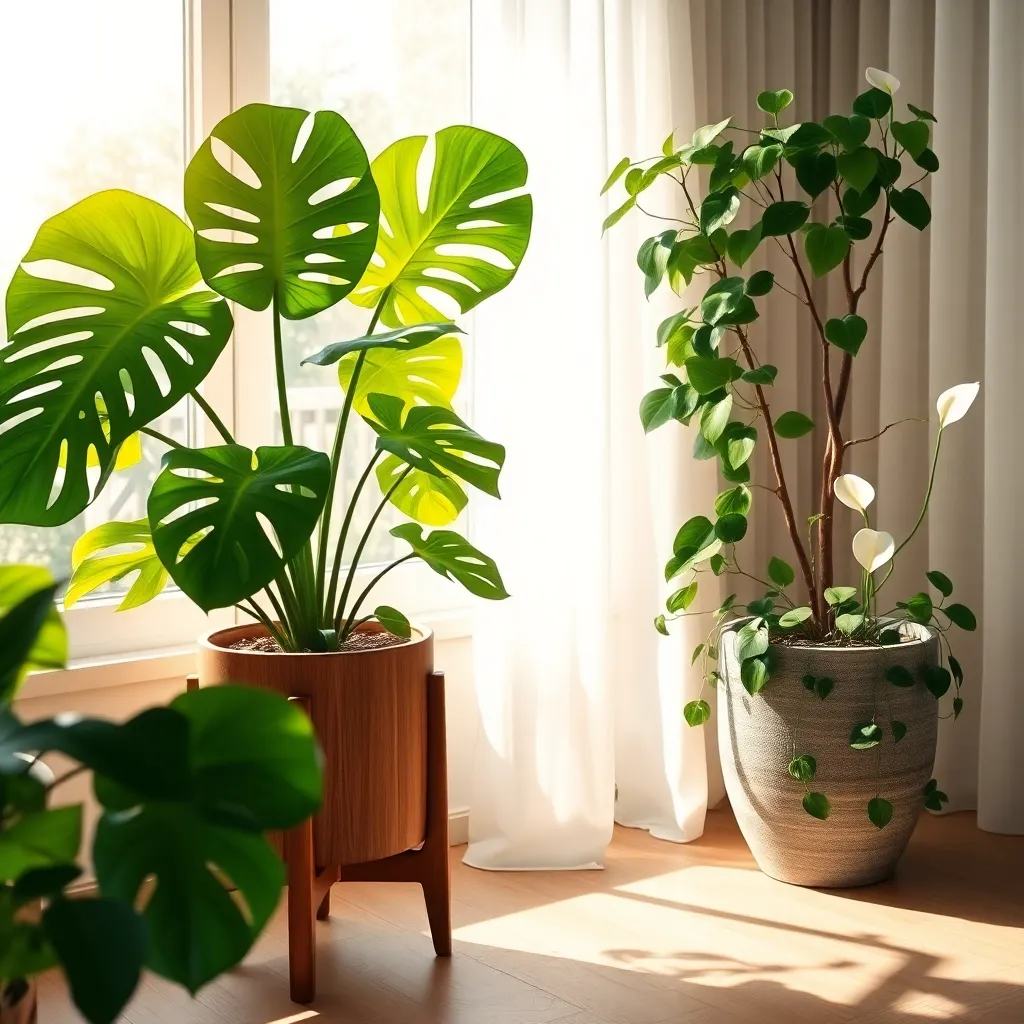
Proper placement of plants is crucial for their growth and vitality. Many plants thrive when placed near natural light sources, making window sills or sunlit corners excellent choices.
Light requirements vary among different plant species, so it’s essential to know your plant’s needs. Succulents and cacti, for instance, prefer bright, direct sunlight, while ferns and peace lilies do better in indirect light.
To enhance your plant’s access to light, consider rotating the pots every couple of weeks. This ensures even growth and prevents the plant from leaning toward the light source.
Advanced gardeners might use grow lights to supplement natural light, especially in darker months. This practice can be particularly beneficial for light-loving plants like tomatoes or herbs.
Use Quality Potting Soil
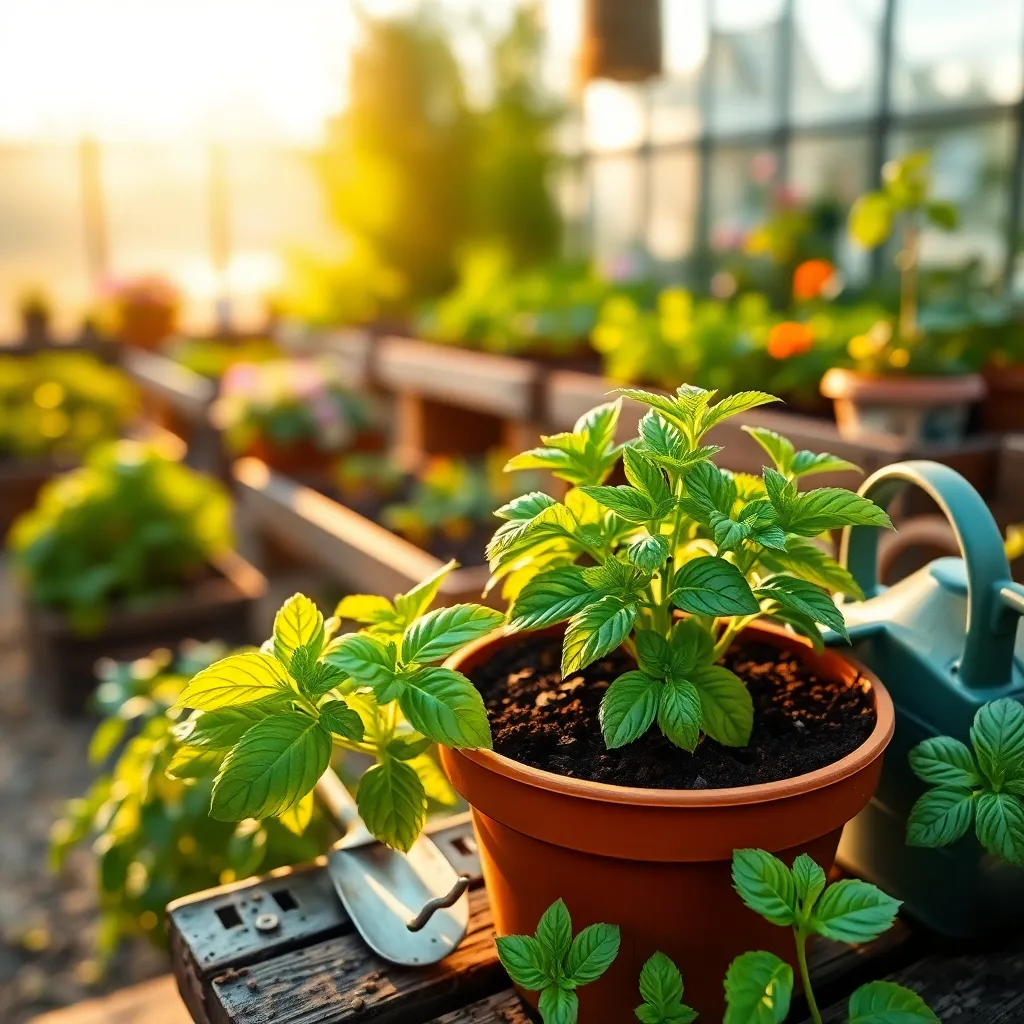
Choosing the right potting soil is crucial for the success of your plants. The quality of the soil directly affects the health and growth of your plants by providing essential nutrients and proper drainage.
Look for a potting soil that is light and fluffy, as this allows for good air circulation around the roots. A well-aerated soil promotes root growth and prevents waterlogging, which can lead to root rot.
High-quality potting soils often contain a mix of ingredients such as peat moss, vermiculite, or perlite, which help retain moisture while ensuring adequate drainage. For beginners, a premixed potting soil specifically formulated for the type of plant you are growing is a wise choice.
Advanced gardeners might want to customize their soil mix for specific plants, such as adding extra perlite for succulents or more organic matter for tropical plants. Experimenting with different soil amendments can optimize growing conditions for your plants’ unique needs.
To maintain soil quality, consider refreshing or replacing your potting soil every couple of years, especially if you notice poor drainage or a decline in plant health. Regularly checking and amending your soil ensures that your plants continue to thrive over time.
Prune Regularly to Promote Growth
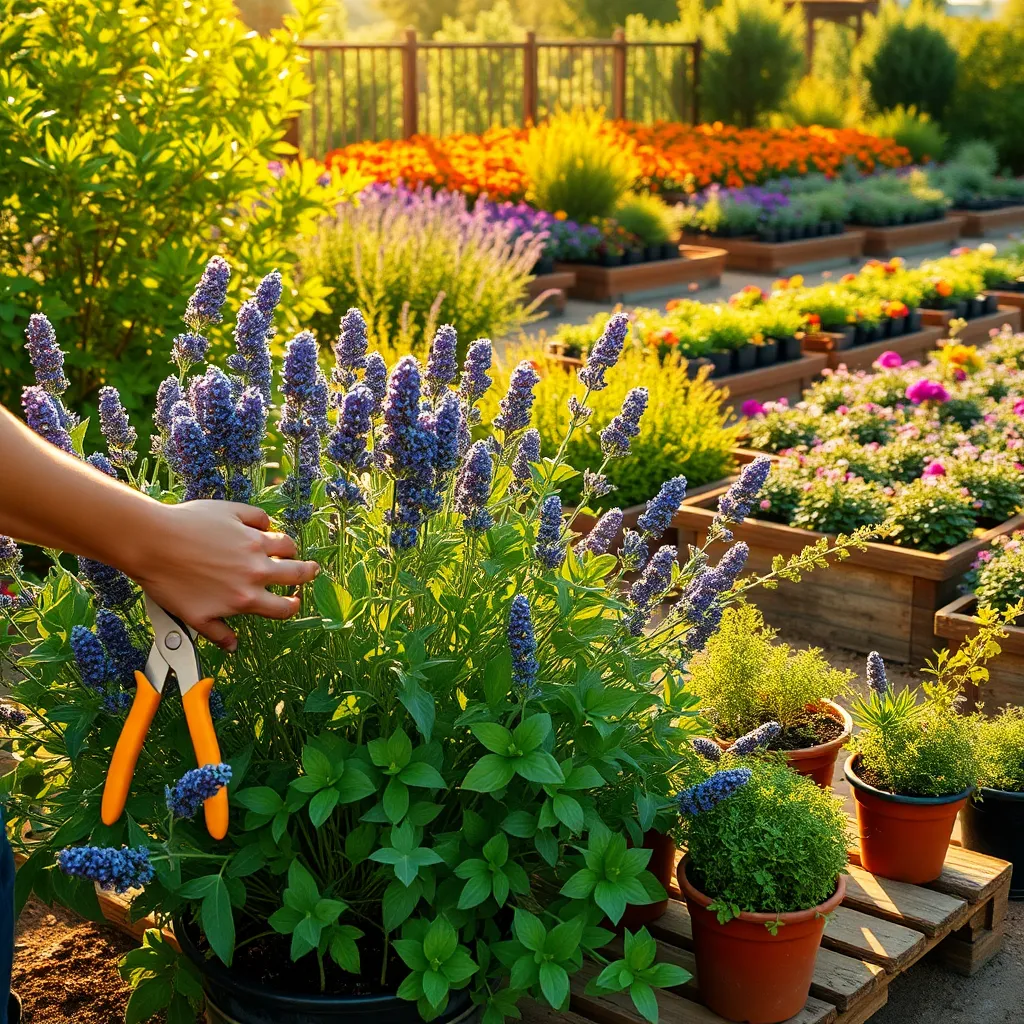
Pruning is a crucial practice that keeps your plants healthy and encourages robust growth. By removing dead or diseased branches, you allow the plant to focus energy on producing new, vibrant shoots.
A pair of sharp, clean pruning shears is essential to avoid damaging your plants. For beginners, start by cutting back any visible dead growth and gradually progress to shaping the plant as needed.
Timing is key when it comes to pruning; most plants benefit from a trim in late winter or early spring. However, flowering plants like roses should be pruned just after blooming to prepare them for their next cycle.
For more advanced gardeners, consider using the technique of “thinning” to improve air circulation within dense foliage. This helps prevent fungal diseases and allows light to reach lower parts of the plant, promoting overall health.
Conclusion: Growing Success with These Plants
In nurturing your green companions, you’ve also cultivated vital relationship skills that can transform your personal connections. First, patience teaches us to understand and respect each other’s growth pace. Second, communication ensures that we’re attentive to both verbal and non-verbal cues, akin to reading a plant’s needs. Third, consistency in care parallels the importance of regular, meaningful interactions. Fourth, adaptability reminds us to embrace change and adjust our approaches as circumstances evolve. Lastly, the joy of shared growth highlights the beauty of growing together, be it in a garden or a relationship.
To put these insights into action, start by reflecting on one relationship in your life that could benefit from a little extra care. Choose one concept to focus on this week, whether it’s listening more intently or celebrating small milestones together.
Bookmark this article for those moments when you need a gentle reminder of the parallels between plant care and relationship building. Remember, each effort you make today plants the seeds of a thriving relationship tomorrow. With dedication and understanding, you’re well on your way to flourishing connections that stand the test of time. Save this guide to ensure you’re always ready to nurture your relationships to their fullest potential.

